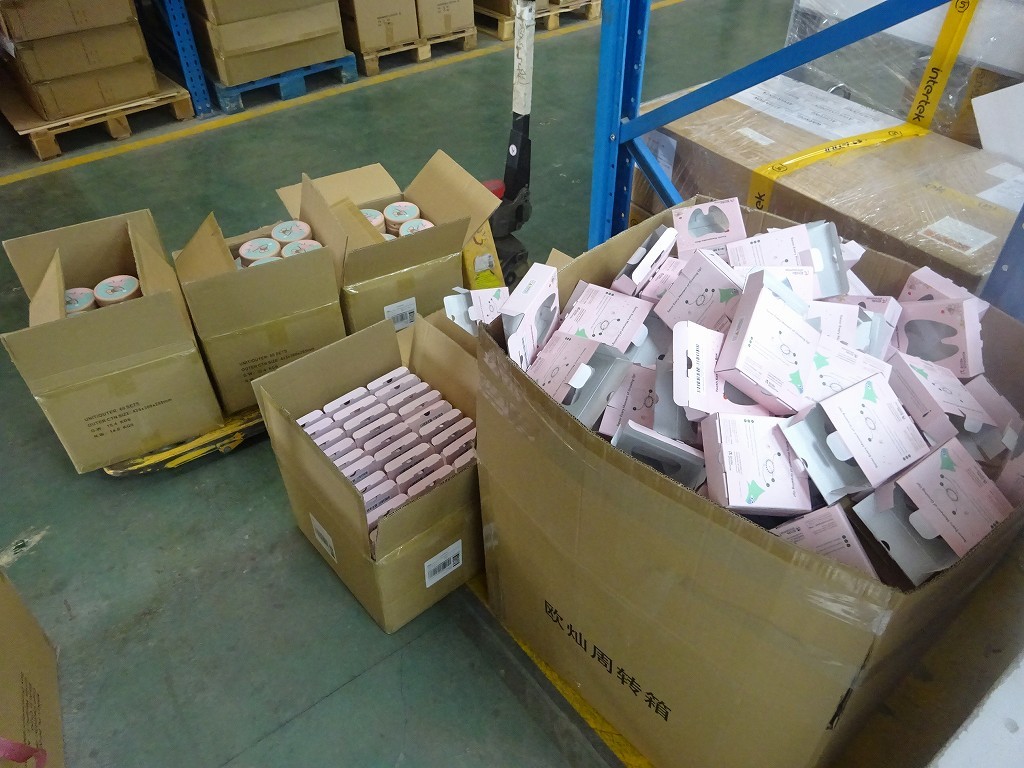In the realm of mechanical engineering and manufacturing, the inspection of threaded components plays a pivotal role in ensuring the quality and reliability of various products. Threads are fundamental in connecting parts, providing motion, and facilitating the assembly of complex systems. This article aims to delve into the various types of threads, applicable standards, and the methods used to inspect them, highlighting the critical role of thread inspection in maintaining high-quality products.
Types of Threads
Threads come in a variety of types, each tailored to specific applications and requirements. Some common types include:
- Unified Thread Standard (UTS): Also known as the Unified National Thread Standard, the UTS is widely used in the United States and includes coarse, fine, and extra fine thread series. It’s extensively employed in industries such as automotive, aerospace, and general machinery.
- Metric Thread Standard: Metric threads are widely adopted globally, especially in regions like Europe and Asia. They come in various forms, including coarse, fine, and extra fine pitch threads. The ISO metric thread standard is widely recognized, simplifying global trade and design consistency.
- Acme Thread: Acme threads are often used for power transmission applications and are designed for heavy loads and high speeds. Their trapezoidal shape allows for efficient power transmission and reduced wear.
- Buttress Thread: Buttress threads are used in applications requiring high axial load transmission, such as the threads on the lead screws of lathes and other machines.
- Square Thread: Square threads have a square profile and are utilized in applications where high efficiency and accuracy are required, such as in precision machinery.
- Knuckle Thread: Knuckle threads are used in critical applications that demand high resistance to vibration and stress. They find use in aircraft engines, turbines, and other similar components.
Thread Inspection Standards
To maintain consistency and reliability, thread inspection relies on adherence to specific standards. These standards outline the tolerances, dimensions, and inspection procedures for different thread types. Some prominent standards include:
- ASME B1.1/ISO 68-1 (Unified Thread Standard): The American Society of Mechanical Engineers (ASME) B1.1 standard, along with its ISO counterpart, provides guidelines for the design, production, and inspection of unified threads.
- ISO 1502 (Metric Thread Standard): The International Organization for Standardization (ISO) 1502 standard specifies the dimensions and tolerances for metric threads, ensuring compatibility across global markets.
- AGMA 908-B89 (Acme Thread Standard): The American Gear Manufacturers Association (AGMA) standard defines the tolerances and inspection methods for Acme threads used in power transmission applications.
- API Spec 5B (Buttress Thread Standard): The American Petroleum Institute (API) specification outlines the requirements for the dimensions, tolerances, and inspection of buttress threads commonly used in the oil and gas industry.
Thread Inspection Methods
Several methods are employed for inspecting threads, each catering to different thread types and application requirements. Some of these methods include:
- Thread Plug and Ring Gauges: These precision tools are commonly used for quick and accurate thread inspection. Thread plug gauges are inserted into threaded holes, while thread ring gauges are used to check external threads. These gauges are manufactured according to specific standards and have Go and No-Go ends to determine if the thread meets specifications.
- Optical Comparators: Optical comparators use magnification and illumination to project a thread profile onto a screen for visual inspection. This method is effective for assessing thread form, pitch, and major and minor diameters.
- Coordinate Measuring Machines (CMM): CMMs equipped with specialized probes can measure thread dimensions with high precision. This non-contact method is particularly useful for complex or critical threads.
- Thread Micrometers: These specialized micrometers have interchangeable anvils that fit into the thread profile, allowing for precise measurement of major and minor diameters, pitch, and other dimensions.
- 3D Scanning and Imaging: Advanced technologies like 3D scanning and imaging can create detailed digital models of threads for analysis. This method provides comprehensive data on thread geometry.
Conclusion
In the intricate world of mechanical components, the significance of thread inspection cannot be overstated. Threads form the backbone of countless products, ensuring proper assembly, motion transmission, and structural integrity. Understanding the diverse types of threads, adhering to relevant standards, and employing accurate inspection methods are crucial steps in guaranteeing product quality. As technology evolves, inspection techniques continue to advance, enhancing the precision and efficiency of thread assessment. Ultimately, meticulous thread inspection plays an indispensable role in upholding the reliability and functionality of mechanical systems across industries worldwide.






